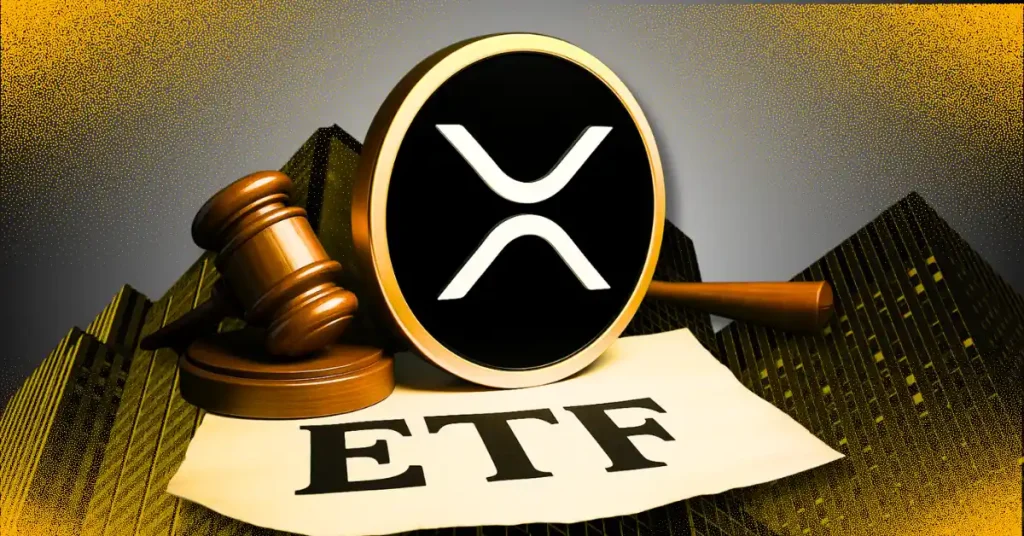Ethereum gained support from its growing staking, as deposits expanded the staked supply by 28% year-to-date. Staking is a source of passive income for idle ETH reserves and doubles as a signal of long-term confidence.
Ethereum staking accelerated in 2025, with deposits growing by 28% since January. The supply of staked ETH is now over 36M tokens, hovering near an all-time high. Staking inflows happened after the Dencun upgrade, which allowed stakes of up to 2,048 ETH instead of just 32 ETH.
Historically, high levels of staking correlate with ETH rallies. The Beacon Chain is also expected to lock 35% of the ETH supply soon, changing the ownership and price pressure structure of the token.
The ETH locked for staking also increases potential DeFi collaterals and boosts the Ethereum economy.
The inflows into the Beacon Chain contract happened at various price levels. While the record levels failed to push ETH to new records, they still boosted the current price range of around $3,500.
Whales lead the rush to stake more ETH
The current shift in staking has seen increased activity from whale wallets with over 10K ETH. In Q4 to date, 4.1M ETH originated from whale wallets. A big part of staking growth in 2025 came from Binance’s pool, which now holds over 24% of staked ETH.
 Binance’s staking pool expanded its influence in the past six months, taking up over 25% of LST Ethereum tokens. | Source: DeFi Llama
Binance’s staking pool expanded its influence in the past six months, taking up over 25% of LST Ethereum tokens. | Source: DeFi LlamaThe ability for large-scale staking allowed whales to move into the Beacon Chain smart contract more efficiently, avoiding the risk of using many small nodes and the long time to unstake.
In addition to the currently staked ETH, both treasury holders and ETFs have significant amounts of tokens, potentially allowing up to 12M ETH to be staked. Some of the potential sources of validator stakes include old ICO treasuries, older whales, and early ETH buyers.
Ethereum staking can earn up to 6.5% from staking, depending on the chosen mode. A big part of the rush to stake is the ability to receive liquid staking tokens and continue tapping the value of the locked ETH.
Validator queue still requires long waiting times
Staking ETH requires commitment, as unstaking may take up to 43 days. The locked ETH thus remains away from the market, and cannot be sold immediately.
As of November 13, the exit queue for unstaking ETH has a waiting time of 37 days, often jumping to over 40 days. Around 2.15M ETH are waiting to be unstaked. At the same time, deposits have to wait for 21 days before joining the smart contract and producing yield and rewards.
Some of the turnover among validators is a consolidation of stakes. ETH as a whole is closely held, expecting the asset to have a strategic role in DeFi and traditional finance. LSTs also offer ways to trade and buy freely available ETH when needed.
ETH is also flowing into long-term accumulation addresses, with over 27M already held in self-custodial wallets.
Get $50 free to trade crypto when you sign up to Bybit now
















 English (US)
English (US)